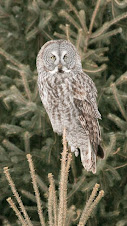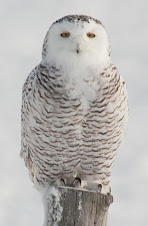See the detailed fall foliage report below, plus links on how to plan your own visit to Algonquin.

NEAR PEAK
Report Details: A growing amount of red, orange and yellow can be observed in the Sugar Maple canopy in Algonquin Park. Fall colours are quickly strengthening with shortening daylight length, recent near freezing night-time temperatures, and the observation of several frosty mornings. The peak fall colour in the Sugar Maple canopy in Algonquin Park is expected in the next 7 to 14 days. During the past 35+ years, the earliest fall colour peak recorded was September 15, 1982, and the latest October 9, 1996. The average peak of the Sugar Maple canopy in the western portion of the Highway 60 Corridor is September 27. Learn more about the history of Algonquin's fall colour peak.
At the current time, the best fall colour viewing along the Highway 60 Corridor is from the Park's West Gate (km 0.0) to about the Track and Tower Trail (km 25.0). This high elevation, Sugar Maple dominated area, within the western portion of the Highway 60 Corridor, traditionally changes colour earlier than the eastern portion [for example, the Rock Lake Road (km 40.3), Opeongo Road (km 46.3), Brewer Lake (km 48.6) and the East Gate (km 56)].
See the most recent fall colour images on The Friends of Algonquin Park's Facebook page in the Fall 2010 album.
Leaf fall continues to remain low, with the exception of White Birch trees which changed colour early as a result of a wide-spread Birch Skeletonizer outbreak. Many visitors have observed the early colour change and leaf fall of the White Birch (Betula papyrifera). The yellow-brown colour observed throughout the Highway 60 Corridor and over wide areas of the Park is likely caused by the Birch Skeletonizer (Bucculatrix canadensisella). The Birch Skeletonizer is native species of moth and is part of a natural cycle of insect outbreaks. This premature leaf fall of White Birch leaves can result in the slower growth for the trees affected but essentially no mortality is observed. The last large outbreak of Birch Skeletonizer in Algonquin Park was in September 2003.
Plan now for your trip to Algonquin Park to observe the amazing fall colours.
Check back frequently for updates on the progress of Algonquin Park's fall colour change








No comments:
Post a Comment
We hope that you enjoy our blogs and comments are appreciated.